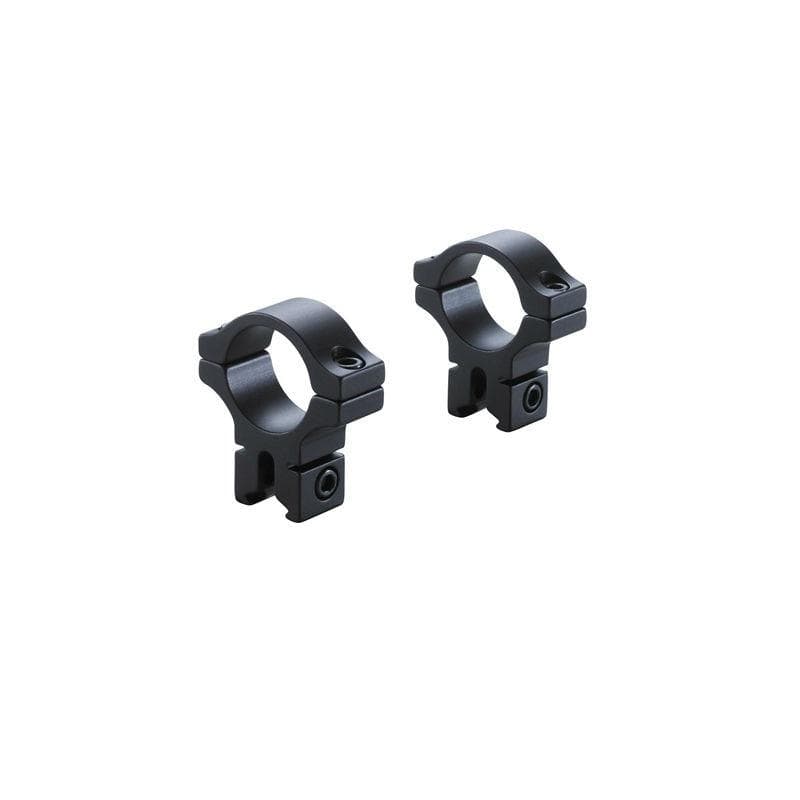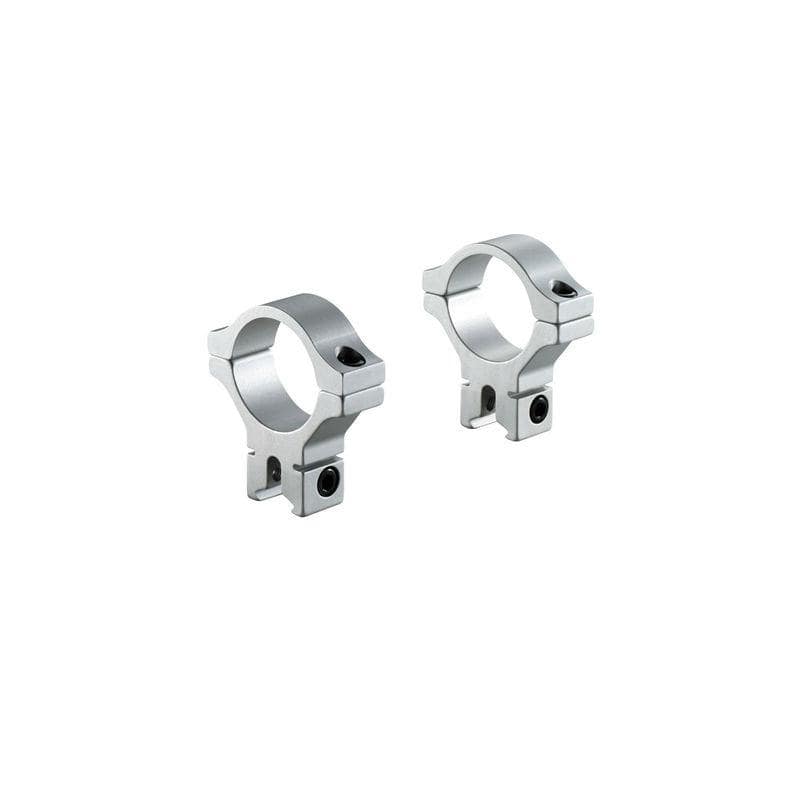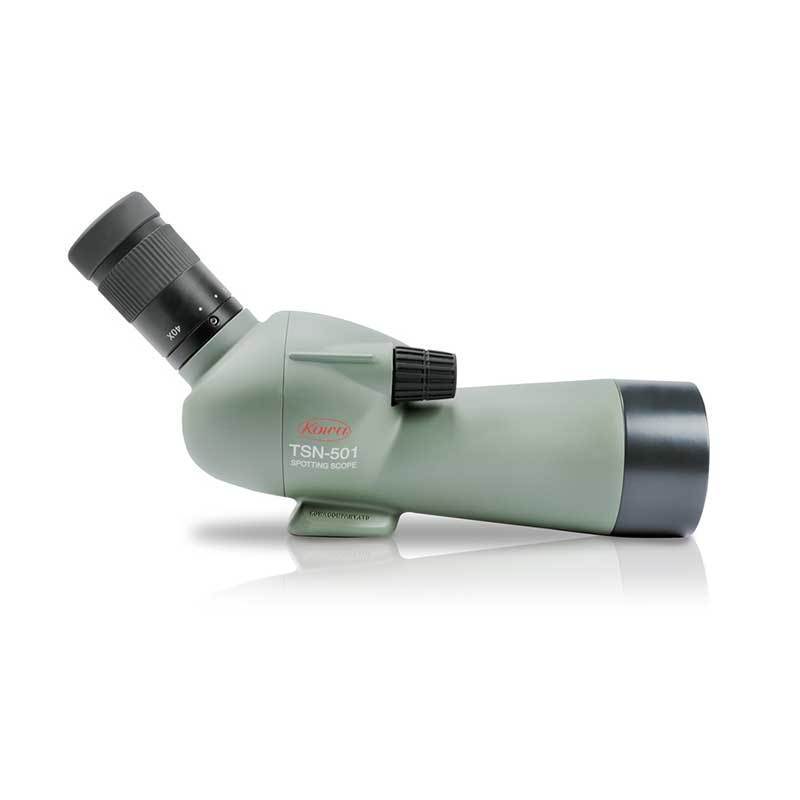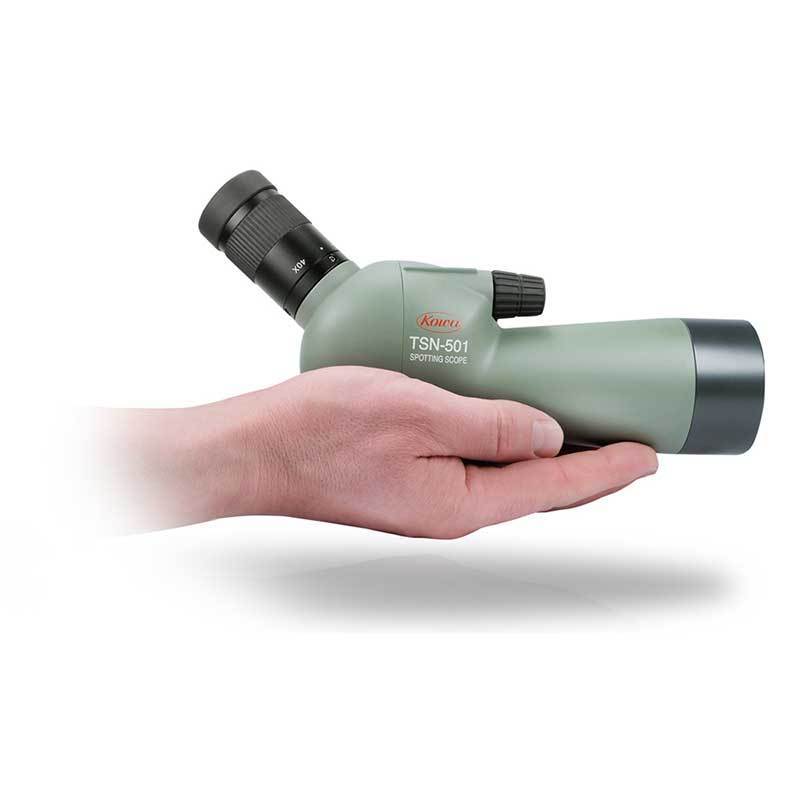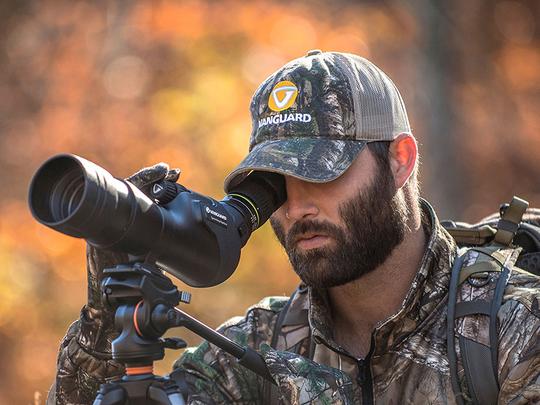Riflescope Rings, Base and Mount Buyer’s Guide
Choosing rifle scope rings, and bases
So you’ve bought a rifle scope for your weapon and now you need to mount your scope securely so that you can start using it. But which rings, mount and base do you need to buy?
Use our buyer’s guide for rifle scope bases, rings, and mounts to help you understand the differences between different types of mounting systems and make sure that you get the best mounting system for your scope and weapon.
One of the most important things to remember when buying scope rings, mounts and bases – never ever scrimp on them to try and save a few dollars. The weakest link in a shooting system is your scope mount, and a poorly mounted scope can cause no end of trouble; from the annoyance of excessive use of ammunition when you fail to hit your target, to firing a dangerous shot that leads to an injured animal. Invest in good quality rings, bases and mounts, ensure that they’re fitted correctly and your scope is mounted properly, and you will have a reliable, rugged piece of shooting equipment that will last you for years and fill you with piece of mind.
What are the different types of rifle scope rings?
Types of rifle scope rings:
What are Weaver style rings and bases?
The most common scope mounting system is called a Weaver style. Weaver style mounting systems use flat 7/8 inch wide bases with crosswise recoil slots cut into them. The recoil slots in these bases are the right size to accept Weaver style rings what have corresponding sized recoil lugs on the bottom of them. These two parts of the mounting system fit together securely like a jigsaw and prevent movement from recoil.
Weaver style bases come in one or two pieces and are often made of steel or aluminium. It’s easy to detach Weaver rings from their bases with the scope still in them, and can be reattached without a major loss of zero. Thanks to this, the scope can be reinstalled on a different gun, or removed for gun maintenance or travel.
Recoil slots on Weaver bases, and the corresponding recoil lugs on Weaver rings are .180” wide.
What are Picatinny / 1913 rings and mounts?
Picatinny rings and bases, and Weaver style rings and bases are very similar, however they have one significant difference; the width of the recoil lugs on the bottom of them (and the width of the corresponding recoil slots on the top of the mounts that they connect to).
Picatinny rings are designed and manufactured in line with specific standard specifications outlined by the U.S Navy. In particular, the recoil slots on Picatinny bases, and the recoil lug on Picatinny rings are thicker than those of the Weaver base and rings, and measure precisely .206” wide. Therefore, Weaver rings will fit on Picatinny bases, but often Picatinny rings will not fit on Weaver bases. More recently, manufacturers of both types of base and rings have been designing their equipment to be able to be used interchangeably, but this is still an important factor to bear in mind when choosing which rings will fit your base and vice versa.
What are Leupold Style bases and rings?
Leupold style bases are an alternative standard that non Weaver style bases are measured by. Like Weaver style bases, different manufacturers make their own version of the Leupold style rings and mounts and there can be a lot of interchangeability between them.
Leupold bases come in one or two pieces, and are steel, sleek, and strong. They are considered reliable and trouble-free.
Leupold mounts and rings differ in design to Weaver style ones, as the front ring of a Leupold style set of rings is what is considered a press fit. This simply means that the front ring has a protruding, bevelled, rectangle of metal that sticks out under the ring, which presses into a corresponding dovetail slot on the front base. Once in place, the ring is turned in the dovetail slot to tighten it.
The rear ring sits flush on top of the base and is held in place by two opposing screws which are tightened into it. The screws have a leading edge that fits into corresponding slots in the ring. The base screws are tightened into each other, squeezing the ring between them tightly, securing it in place. By loosening one screw and tightening the other, the ring moves laterally on the base, meaning that you can effectively use it as a windage adjustment. This feature isn’t too important unless your base holes are drilled off-centre, or there is some other problem that makes your gun shoot left or right, as you can usually correct small errors with minor internal scope adjustments.
Normally, the two halves of Leupold style rings are loosely assembled, and you’ll need a scope ring tool or a one inch wooden pole or a screwdriver handle to insert between the pieces to gain leverage to turn the ring into the base. This is a press fit and cannot be done by hand.
Unlike Weaver style rings and mounts, the Leupold mounting system isn’t easy to detach from your weapon. The top half of the rings must be separated to remove your scope.
What are .22 rings and 3/8” dovetail bases and rings?
Dovetail rings are normally used on grooved receivers. Grooved receivers are usually found on .22 rifles or air guns, and basically consist of cuts in the top of the gun itself that run lengthwise along the weapon. These cuts in the top of the weapon are deep enough for the claws of dovetail rings to firmly grip on to the gun and provide a secure connection for your scope. Sometimes there is actually a 3/8" base screwed onto the receiver instead of it having grooves cut into it. This way of mounting the rings is often used when the mental on the receiver is not thick enough.
3/8" dovetail rings come in a variety of sizes which circular diameters to hold a scope with a main tube of 30mm, one inch, 7/8", 3/4", or others. Some standard 22 rings can be referred to as a "one inch tip-off", a "one inch 22 ring", or a "one inch 3/8" dovetail ring".
Some grooved receiver 22s are drilled and tapped to fit Weaver style bases. It is a good idea to use these much larger bases if your rifle is designed to accommodate them as they provide more area for the rings to grab on to.
What are extension rings?
Extension rings come in all different designs and allow you to create a shorter mounting distance between your rings. You may need to use extension rings if you want to mount a short scope on a weapon with a long receiver.
Choose the best mounting system for your needs
Now that we have considered the different types of rifle scope mounts and rings, you should take some time to consider which style of ring is right for you.
Do you want a riflescope mounting system that allows you to easily detach your scope to transport it or swap it out for a different scope and then simply attach it back on without losing zero. Or do you want a mounting system that is more of a one-time-fit, permanent option.
The type of base and rings you choose is ultimately up to you and only you can decide which mounting system will work best for you.
Browse our range of rings and mounts to find the best rings and mounts for you.


